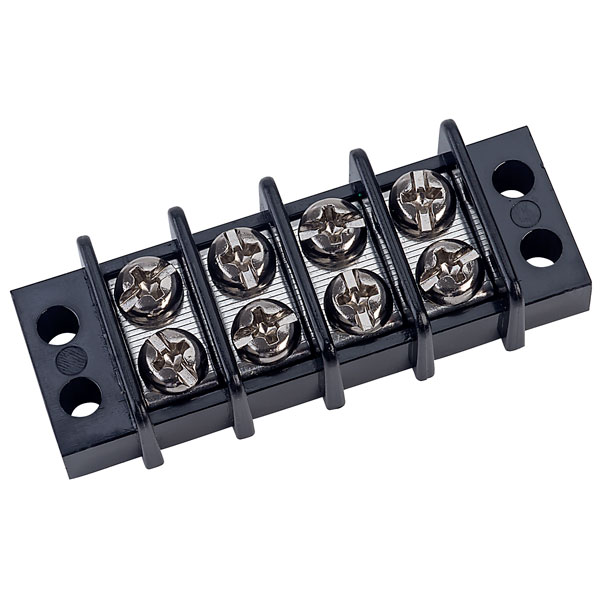- Home
- About
- Products
- Product Testing
- Application
- Services
- Information
- Contact
Views: 2458 Author: Site Editor Publish Time: 2020-09-09 Origin: Site

Switching power supplies are relative to linear power supplies. The input terminal directly rectifies the AC power into DC power, and then, under the action of the high-frequency oscillation circuit, uses a switch to control the on-off of the current to form a high-frequency pulse current. With the help of inductor (high-frequency transformer), it outputs stable low-voltage DC power. Because the size of the transformer's magnetic core is inversely proportional to the square of its operating frequency, the higher the frequency is, the smaller the core is. In this way, the transformer can be greatly reduced, and the power supply can be reduced in weight and volume. And because it directly controls DC, the efficiency of this power supply is much higher than the linear power supply. This saves energy, so it is popular. However, it also has disadvantages, that is, the circuit is complicated, maintenance is difficult, and the circuit is seriously polluted. The power supply is noisy and is not suitable for some low noise circuits.
The linear power supply first reduces the voltage amplitude of the alternating current through a transformer, and then rectifies the rectified circuit to obtain a pulsed direct current, and then filters to obtain a DC voltage with a small ripple voltage. To achieve a high-precision DC voltage, it must be regulated by a voltage regulator circuit.
The linear power supply and the regulator tube of the regulator work arep in an amplified state, so the heat is large and the efficiency is low (about 35%). A large heat sink needs to be added, and a large-volume power frequency transformer is also required. When there are multiple sets of voltage output, the transformer will be larger. As far as the use of the terminal is concerned, the connectors mainly used for linear power supplies such as XH2.54 terminals.
The switching tube of the switching power supply works in saturation and off-state, so it generates less heat, has high efficiency (more than 75%), and saves a large-volume transformer. However, a large ripple (50mvat5voutputtypical) is superimposed on the DC output of the switching power supply. Connecting a Zener diode in parallel at the output can improve it. In addition, the switching tube will generate a large spike interference, which also needs to be connected in the circuit. Even magnetic beads are improved. Relatively speaking, the linear power supply does not have the above defects. Its ripple can be made very small (below 5mv). The main terminals used for switching power supplies are fence terminals, such as 9500, 825, 611 and other terminals.
For places where power efficiency and installation volume are required, switching power supplies are better. For places where electromagnetic interference and power purity are required (such as capacitor leakage detection), linear power is preferred. In addition, when the circuit needs to be isolated, most of them now use dc-dc to supply power to the isolated part (dc-dc is a switching power supply from its working principle). Also, the high-frequency transformers used in switching power supplies may be troublesome to wind.